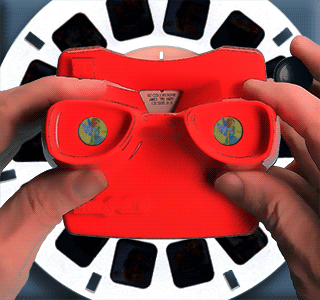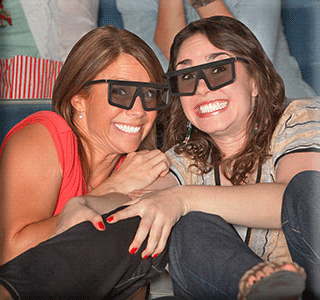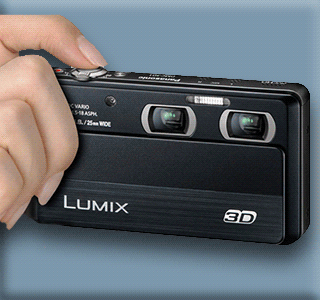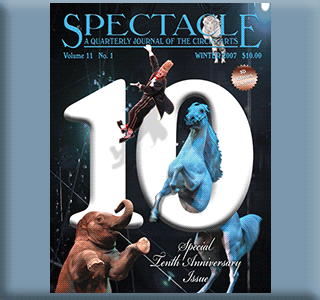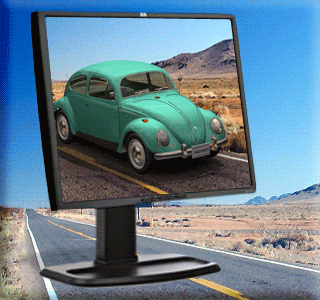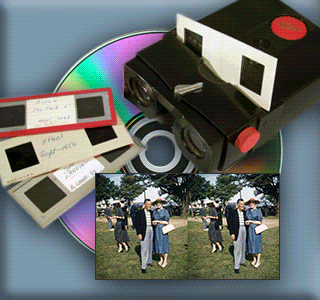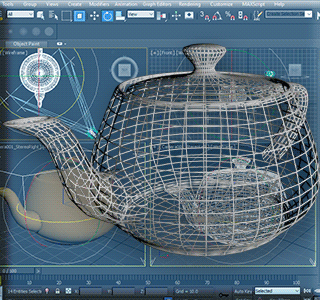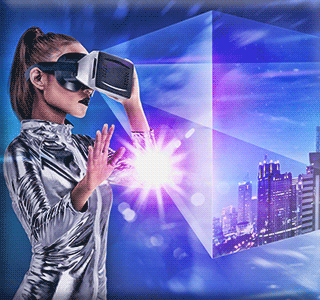STUDIO 3D STEREOSCOPIC IMAGING
STUDIO 3D is the web's premiere stereo 3D imaging site
3-DIMENSIONAL IMAGING specialist since 1980!
3D has a long history. Stereoscopic imaging was discovered in 1832 by Charles Wheatstone, just before photography. His original images were simple wireframe drawings from two different viewpoints, set in a mirrored viewer of his own invention. With the invention of the photographic image, pairs were made by sliding a single camera followed by special dual lensed cameras. Brewster invented a dual lensed viewer, but the well known stereoscope by Oliver Wendell Holmes proliferated in the late 19th century. The introduction of radio and movies marked the end of the stereocard era.
Although there were some anaglyph (red/cyan) 3D movies, it wasn't until the 1950's with the advent of mass marketed polarized 3D films (like House of Wax) that stereo once again became popular (but only for a short time, mostly due to problems projecting dual strips of film in sync). It would be digital 3D movies, starting with Disney's Chicken Little in 2005 and peaking with Avatar in 2009, that ushered in the modern era. Unfortunately, not everyone embraced the format, which has generally fallen out of favor. Whether or not VR headsets (which are inherently 3D) revive a widescale interest is yet to be seen.
View-Master is a registered trademark of Fisher-Price Inc

